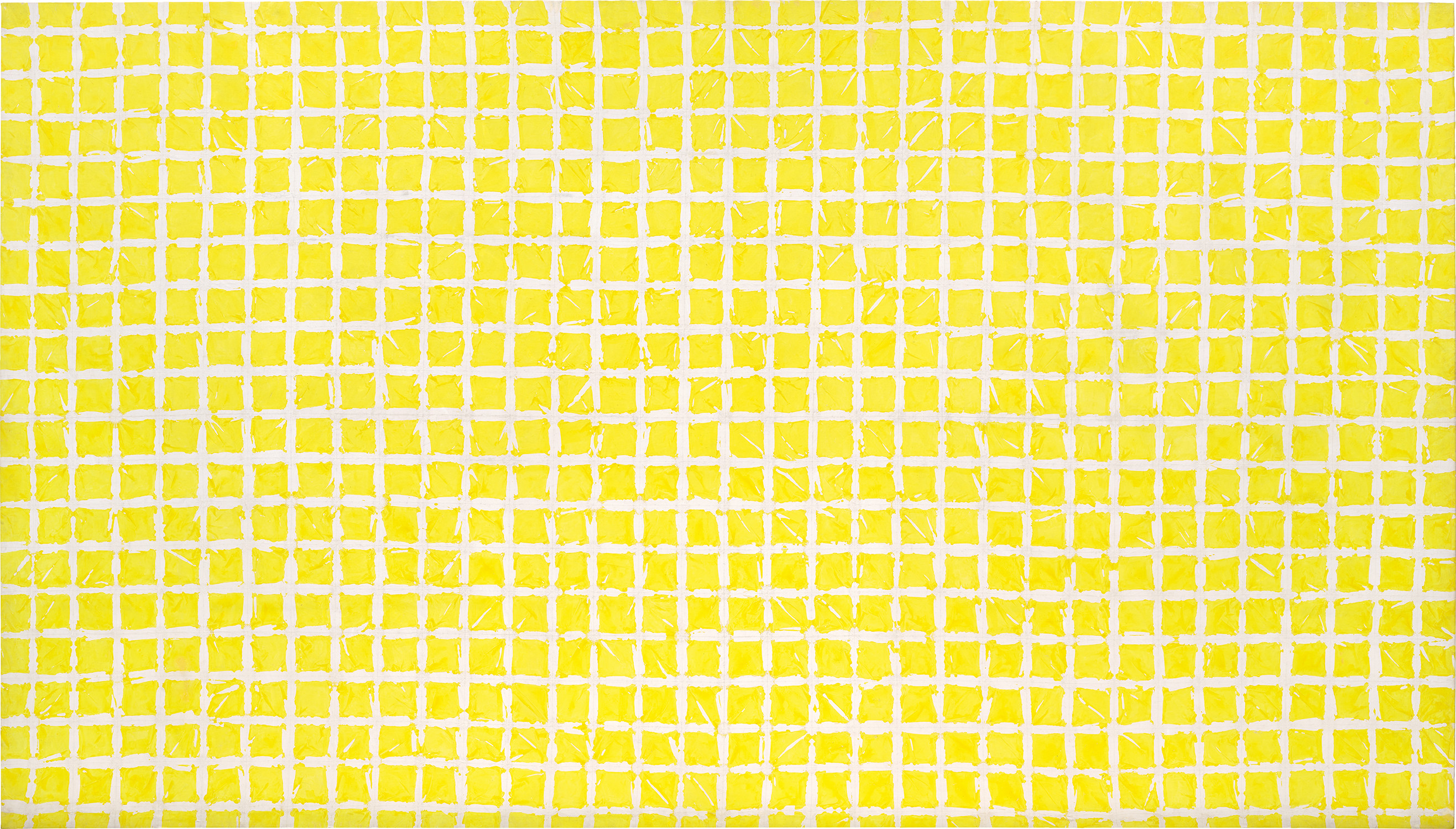



21
Simon Hantaï
Tabula
acrylic on canvas
262.5 x 461 cm (103 3/8 x 181 1/2 in.)
Painted in 1976.
This work will be included in the catalogue raisonné of works by Simon Hantaï currently being prepared by the Archives Simon Hantaï.
This work will be included in the catalogue raisonné of works by Simon Hantaï currently being prepared by the Archives Simon Hantaï.